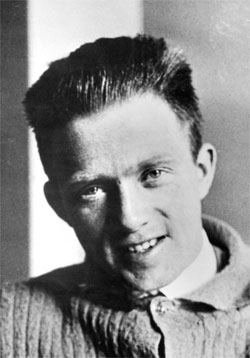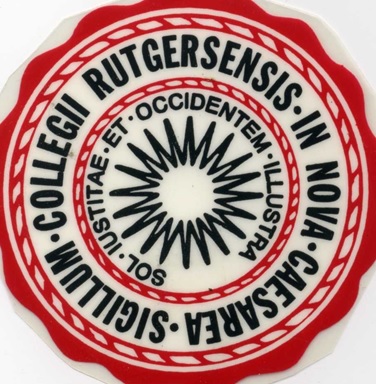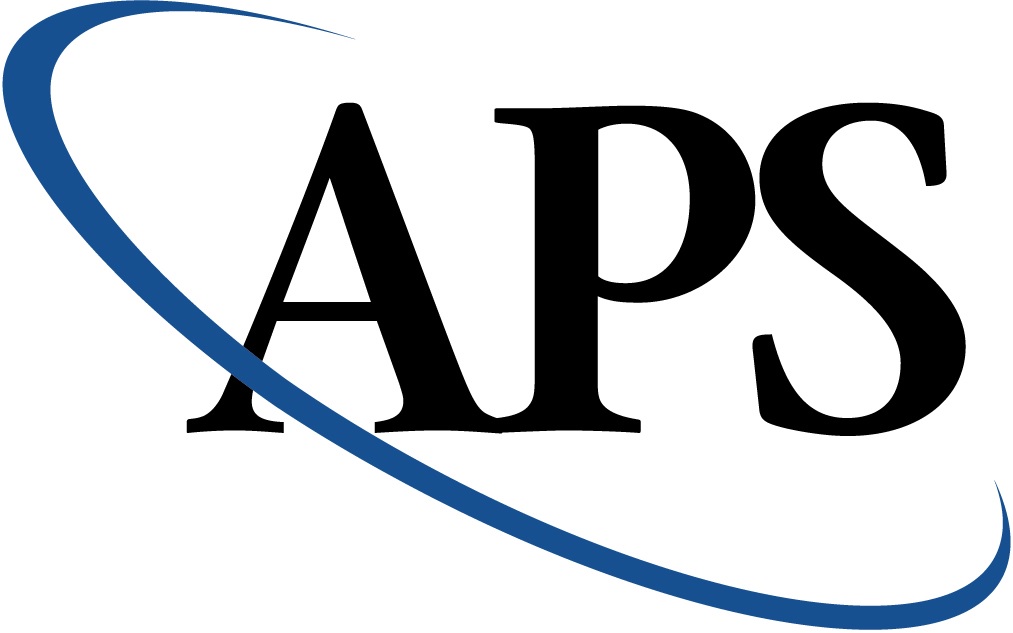Undated
David Cassidy

Werner Heisenberg.APS.
In May 1923 Werner Heisenberg returned to Munich from Gottingen, where he had been a visiting student, to finish out his last semester while writing his doctoral dissertation. Knowing Heisenberg’s reputation for controversial solutions to problems in quantum theory, his Munich mentor, Arnold Sommerfeld, suggested that he write his dissertation in the more traditional field of hydrodynamics.
Heisenberg also had to take the four-hour laboratory course in experimental physics offered by Prof. Willy Wien. Wien insisted that any physicist, including Sommerfeld’s brilliant theorists, must be fully prepared in experimental physics. Wien and Sommerfeld both sat on the candidate’s final oral exam and both had to agree on a single grade in physics.
While Heisenberg struggled through Wien’s lab course (much to Wien’s displeasure at the results), Heisenberg prepared his dissertation. He submitted his dissertation, a 59-page calculation titled “On the Stability and Turbulence of Liquid Currents,” to the Munich faculty on July 10, 1923. The topic arose from an earlier research contract Sommerfeld had received from a company channeling the Isar River through Munich. The problem was to determine the precise transition of a smoothly flowing liquid (laminar flow) to turbulent flow. It was an extremely difficult mathematical problem; in fact, it was so difficult that Heisenberg offered only an approximate solution. “I would not have proposed a topic of this difficulty as a dissertation to any of my other pupils,” wrote Sommerfeld. The faculty accepted the thesis and Wien accepted it for publication in the physics journal he edited, but when the mathematician Fritz Noether raised objections in 1926, the results remained in doubt for nearly a quarter century until they were finally confirmed.
Acceptance of the dissertation brought admission of the candidate to the final orals, where in this case trouble began. The examining committee consisted of Sommerfeld and Wien, along with representatives in Heisenberg’s two minor subjects, mathematics and astronomy. Much was at stake, for the only grades a candidate received were those based on the dissertation and final oral: one grade for each subject and one for overall performance. The grades ranged from I (equivalent to an A) to V (an F).
As the 21-year-old Heisenberg appeared before the four professors on July 23, 1923, he easily handled Sommerfeld’s questions and those in mathematics, but he began to stumble on astronomy and fell flat on his face on experimental physics. In his laboratory work Heisenberg had to use a Fabry-Perot interferometer, a device for observing the interference of light waves, on which Wien had lectured extensively. But Heisenberg had no idea how to derive the resolving power of the interferometer nor, to Wien’s surprise, could he derive the resolving power of such common instruments as the telescope and the microscope. When an angry Wien asked how a storage battery works, the candidate was still lost. Wien saw no reason to pass the young man, no matter how brilliant he was in other fields.
An argument broke out between Sommerfeld and Wien over the relative importance of theory and experiment. The result was that Heisenberg received the lowest of three passing grades in physics and the same overall grade (cum laude) for his doctorate, both of which were an average between Sommerfeld’s highest grade and Wien’s lowest grade.
Sommerfeld was shocked. Heisenberg was mortified. Accustomed to being always at the top of his class, Heisenberg found it hard to accept the lowest of three passing grades for his doctorate. Sommerfeld held a small party at his home later that evening for the new Dr. Heisenberg, but Heisenberg excused himself early, packed his bag, and took the midnight train to Gottingen, showing up in Max Born’s office the next morning. Born had already hired Heisenberg as his teaching assistant for the coming school year. After informing Born of the debacle of his orals, Heisenberg asked sheepishly, “I wonder if you still want to have me.”
Born did not answer until he had gone over the questions Heisenberg had missed. Convincing himself that the questions were “rather tricky,” Born let his employment offer stand. But that fall Heisenberg’s worried father wrote to the famed Gottingen experimentalist James Franck, asking Franck to teach his boy some experimental physics. Franck did his best, but could not overcome Heisenberg’s complete lack of interest and gave up the effort. If Heisenberg was going to survive at all in physics it would be purely as a theorist.
There is an interesting epilogue to this story. When Heisenberg derived the uncertainty relations several years later, he used the resolving power of the microscope to derive the uncertainty relations-and he still had difficulty with it! And again, when Bohr pointed out the error, it led to emotional difficulties for Heisenberg. Likewise, this time a positive result came of the affair: Heisenberg’s reaction induced Bohr to formulate his own views on the subject, which ultimately led to the so-called Copenhagen Interpretation of quantum mechanics.
Excerpted from David Cassidy, Uncertainty
See the full article here .
Please help promote STEM in your local schools.
American Physical Society
Physicists are drowning in a flood of research papers in their own fields and coping with an even larger deluge in other areas of physics. How can an active researcher stay informed about the most important developments in physics? Physics highlights a selection of papers from the Physical Review journals. In consultation with expert scientists, the editors choose these papers for their importance and/or intrinsic interest. To highlight these papers, Physics features three kinds of articles: Viewpoints are commentaries written by active researchers, who are asked to explain the results to physicists in other subfields. Focus stories are written by professional science writers in a journalistic style and are intended to be accessible to students and non-experts. Synopses are brief editor-written summaries.
Rutgers, The State University of New Jersey, is a leading national research university and the state’s preeminent, comprehensive public institution of higher education. Rutgers is dedicated to teaching that meets the highest standards of excellence; to conducting research that breaks new ground; and to providing services, solutions, and clinical care that help individuals and the local, national, and global communities where they live.
Founded in 1766, Rutgers teaches across the full educational spectrum: preschool to precollege; undergraduate to graduate; postdoctoral fellowships to residencies; and continuing education for professional and personal advancement.

Please give us back our original beautiful seal which the University stole away from us.
As a ’67 graduate of University College, second in my class, I am proud to be a member of

Alpha Sigma Lamda, National Honor Society for non-tradional students.
